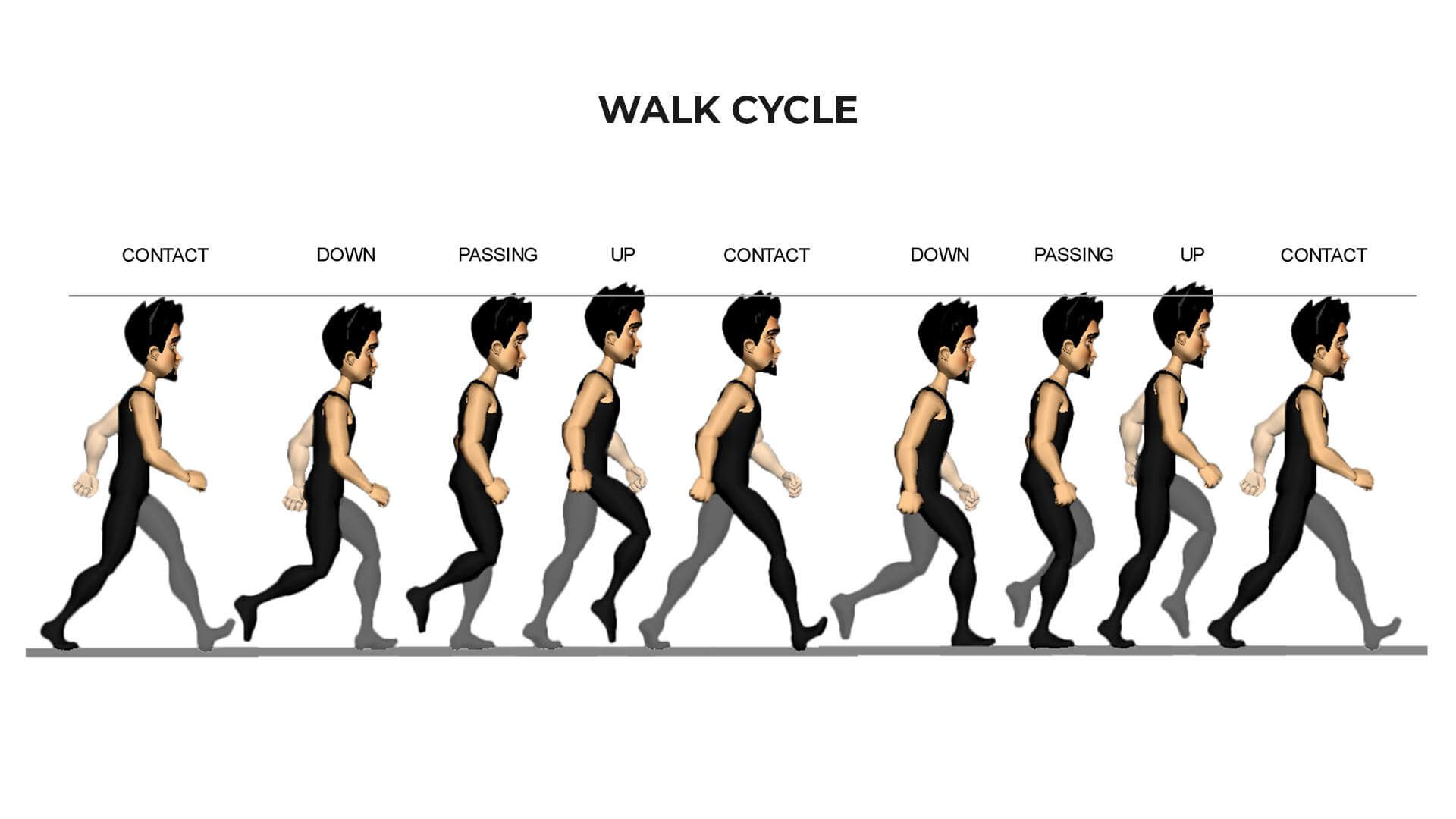Simulanis / Oct-2, 2020
2D stands for 2-dimensional. What that means is that on a spatial plane, the object lies in its entirety on the x and y axes; that is, is determined by two points on a plane. Therefore, 2D shapes lie on a flat surface which puts them in the category of plain shapes or plain figures. 2D shapes have an area, but they don’t have any volume. These shapes include characters, creatures, FX and backgrounds.
What is 2D animation?
2D animation is one of the major types of animation. It’s widely used for creating animated movies, cartoons, marketing videos, advertisements, educational materials, games, and so on. Used for sketching designs, designing characters, developing storyboards, creating special effects, animating scenes, transitioning backgrounds and a plethora of other things, 2D animation is both an end and a means in today’s media industry.
How is 2D animation created?
To understand the creation process, of which animators are a big and significant part, we need to understand the three stages in which the final product is produced.
These three processes are:
1. Pre-production
2. Production
3. Post-production
Like any visual media, these three stages are very important to understand the structural creation of a 2d animation.
Pre-Production: This is where the building blocks of the product are laid out. At this stage, the team of animators is working on story and character development, writing scripts, recording dialogue, storyboarding, background layout, and character animation. This is where the idea is worked upon so that it can be executed a certain way in production.
Production: In the production stage, animators breathe life into their images and objects by giving them movement. The figures are then colored and processed (“digital ink and paint”) and composited over their appropriate backgrounds. The project file is created which acts as a first draft.
Post-Production: Post-production is the final stages such as adding sound and editing, to ensure the project looks sharp and flows seamlessly before it is exported in the final format. Post production is very important as it is not only the stage at which a project is fine tuned but also one that can define and redefine the narrative altogether.
Tips and Tricks
One of the most important things you need to remember for 2D animation is to plan every detail of your animation meticulously. Imagine the way you want to present all the scenes and activities, which parts to be emphasized. Define the main and secondary actions, develop each character, and make sure to take notes.
Also, learn how to communicate emotions through facial expressions and body language. To create realistic animation, you need to observe and study the gestures and body movements in detail. Don’t be afraid to exaggerate and add extra intensity.
Another tip- to make sure that you’ve mastered the skill of creating realistic actions and building relationships between your characters, try to watch your final output without a voice-over.
It would also be great to read the 12 Principles of Animation that Disney animators Ollie Johnston and Frank Thomas have suggested.
2D animation offers a range of possibilities in creation. Many kinds of content today such as explainer videos or whiteboard videos are made through 2D as it is quicker and less extensive than 3D and also does the job. While 3D animation has its own very important place in the VFX industry, the process of animation, especially 3D is something with a lot of steps and intermediate creations. Many of those intermediate creations are done through 2D animation. The modern animation industry still applies 2D animation techniques to make 3D objects dynamic and realistic. Therefore, even with the advent of more innovative 3D animation, 2D is here to stay without the risk of becoming obsolete.
There are many types of jobs in the 2D industry and with technology evolving so quickly, new jobs are being created constantly. Some of the many different roles include animator, animation supervisor, animation director, games developer, character designer, storyboard artist, illustrator, graphic designer and so on.

